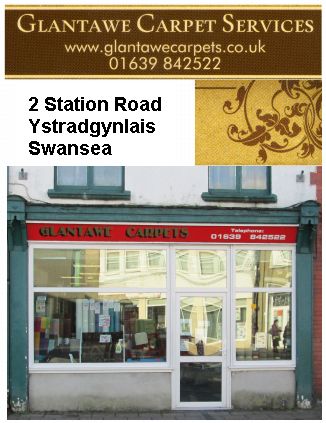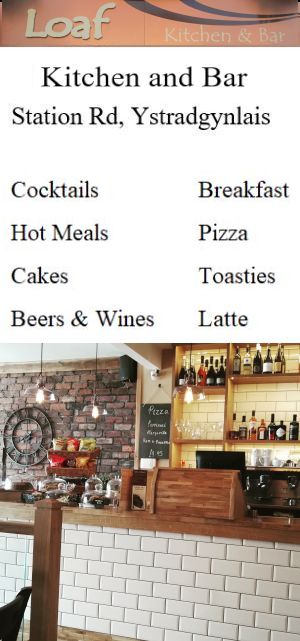Ystalyfera
History and Heritage
Ystalyfera Swimming Pool
Ystalyfera Swimming Pool in the lower town was a lido-type open air pool that opened in 1937. It closed in 1991 and was demolished in 1997. Below the photographs, we look at its origins in an article by Val Trevallion.
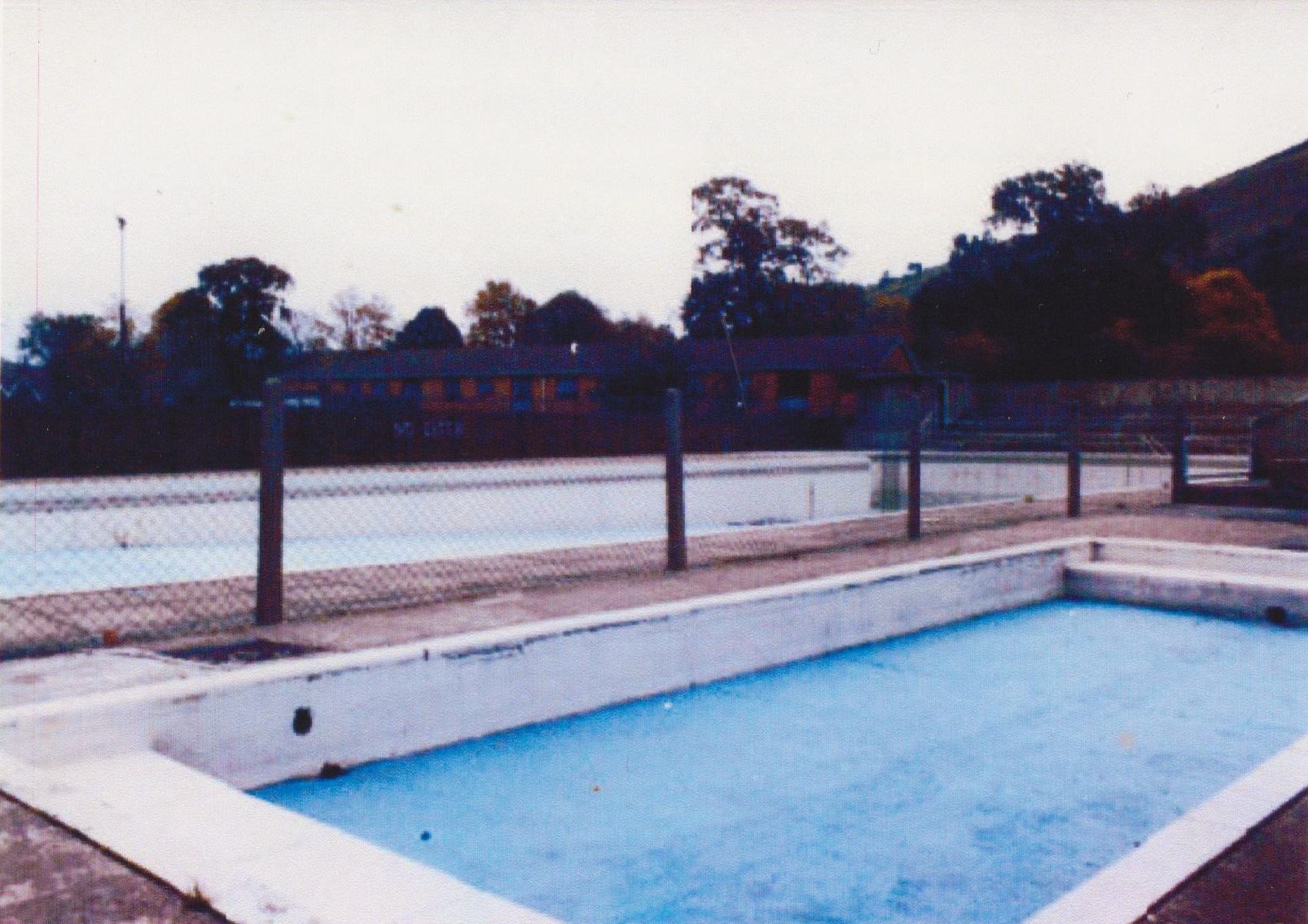 Ystalyfera Swimming Pool, seen above empty and to the right from a published newspaper photograph with people enjoying themselves in the larger pool, seen above over to the left. |

|
Swimming Pool for Ystalyfera
MINISTRY OF HEALTH INQUIRY
OBJECTION TO SITE
The proposal of the Llanguick Parish Council to construct a swimming pool at the Ynysydarren Athletic Grounds Ystalyfera, to serve the Alltygrug ward was the subject of an inquiry held on Wednesday morning at the Church Hall Ystalyfera, by Mr C H Pritchard, an inspector of the Ministry of Health.
So read the headlines of an article in May of 1936, which then went on to explain the pros and cons of providing such a facility. There was an impressive array of gentlemen at the inquiry including: Messrs. Stanley Alexander (clerk to the council, David Morgan (architect), W A Evans (constructional engineer), Dr W J Lewis MOH and Councillors Evan T Lewis, Maldwyn Jones, Robert L Cope and W D Watkins.
In my article Lost Landmarks I referred to the problem of the local children using the River Tawe as a means of 'cooling off' and the concerns of the Medical profession due to the contamination found within the water. These reasons were offered as to why the pool should get the go ahead, in fact the scheme was welcomed as being long overdue and highly necessary in the interests of health and safety. It would appear that it was not the proposal that was causing objections it was the choice of the site.
Previously back in September 19th 1935, a Parish meeting had been held, where it had been decided to adopt the Baths and Wash Houses Act and to consent to the parish council incurring a loan of £4,000 for the Ystalyfera Pool. It would appear that at that meeting it was proposed to provide two pools, the one at Ystalyfera and one at Gwauncaegurwen at a further cost of £3,000. However, a resolution by the (parish) council to seek the sanction of the Ministry of Health and county council was passed on October 17th, when it was decided to defer the scheme at Gwauncaegurwen, until 'such time as it was proved that the Ystalyfera scheme was a paying proposition'. Sanction had been given by the Glamorgan County Council in order that the Parish Council could BORROW the £4,000 required but because that sum of money could not be raised from county funds, it would have to be provided by way of a LOAN.
Further support for the building of a pool came from statistics provided by the council: The population of the parish, according to the 1931 census was 21,456, an increase of 1,259 on the figures of 1921. The figure was now estimated to be 21,656 (taken as an estimate from the data of the local registrar of births and deaths). Of that number, approximately 5,453 were living at Ystalyfera. Obviously they also could take into account the surrounding villages which lay within a mile radius of Ystalyfera (as it was assumed their residents would use the facility), giving a further total of 9,281: i.e. Godre'rgraig 2,763; Cwmtwrch 1,408 and Ystradgynlais 5,200.
Spreading a further three miles they included the villages of Cwmllynfell 1,200; Rhiwfawr 800, and Abercrave 3,800, pointing out that as the three valleys with their bus routes converged upon Ystalyfera, it was already acknowledged to be (Ystalyfera) the centre of attraction for young people to spend their evenings.
Finally as there were no similar facilities within a radius of 7 miles of Ystalyfera the council suggested that a swimming pool could cater for 25,000 people.
After further discussions of the rateable value of the area, the council informed the meeting that they had been granted an option for the purchase of land for the scheme at the price of £125. Describing this suggested site it was agreed that it would be centrally situated and adjoined the local football, cricket and tennis grounds. It was easily accessible from the main road which led to the district council housing site. The entrance to the pool was approximately 100 yards from the main road and the site itself was situated in a healthy and clean spot some 500 yards from the nearest tin works and colliery and it was very unlikely that the water in the pool would be affected by dust. It was also pointed out that as land was very scarce in the area and this location was probably the only one suitable, if a decision was delayed even this spot would become unavailable at a later date. Meanwhile if the go ahead was given, water for the pool could be supplied from the Swansea Cooperation mains that ran through the district.
As previously mentioned the cost of the scheme was set at £4,000, money which would be borrowed at three and a half per cent interest. The total annual charges submitted were: approximately £537 13s 4d made up of wages for employees, water charges and maintenance. The income, including fees in respect of school children and bathers, was estimated at £321 10s and the rest would be made up of a half penny rate. It was also estimated that the refreshment room at the pool would bring in an income of £26. Not forgetting the expectation of the council that an estimated 12,000 people would attend galas and other events held at the pool.
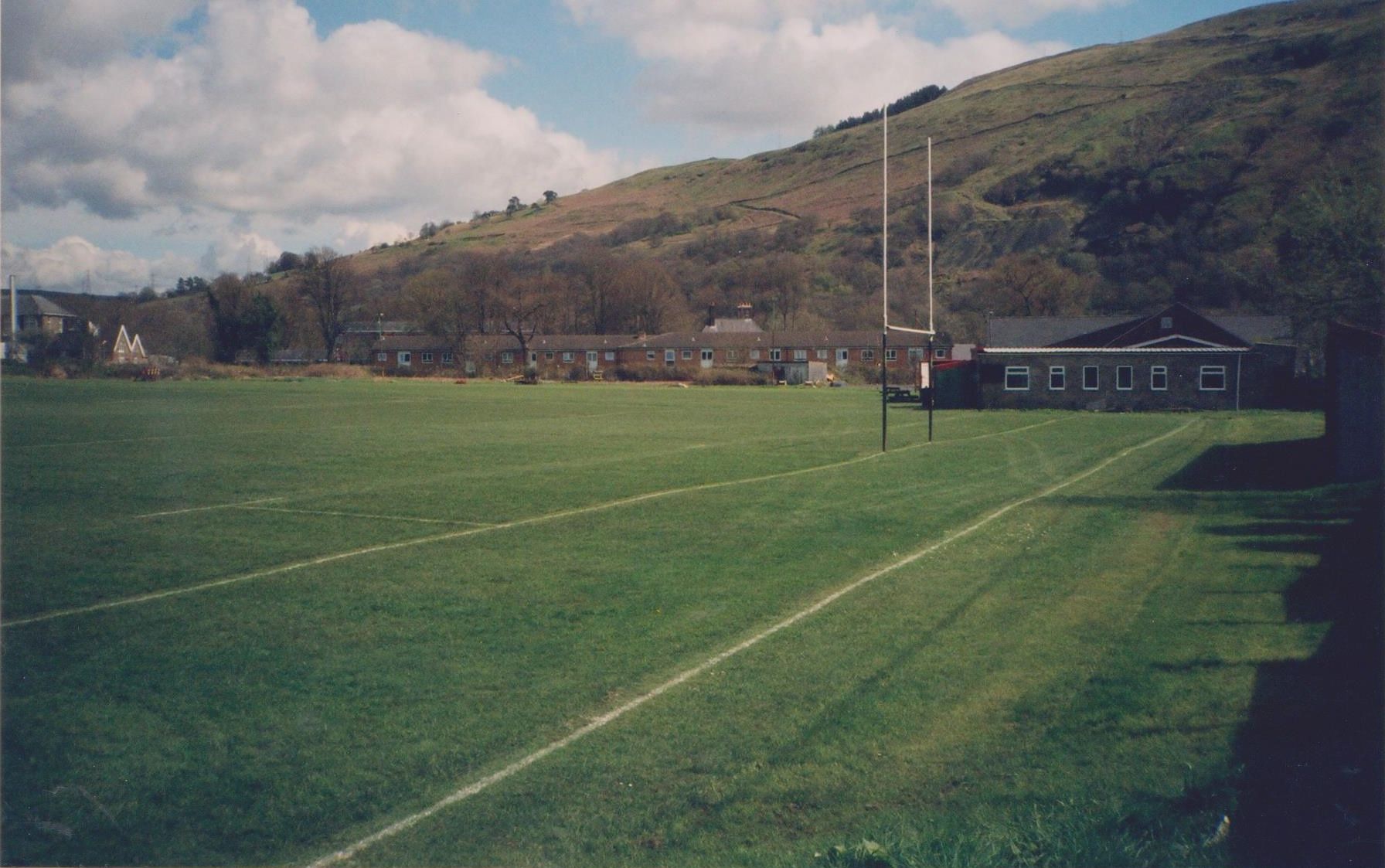
|
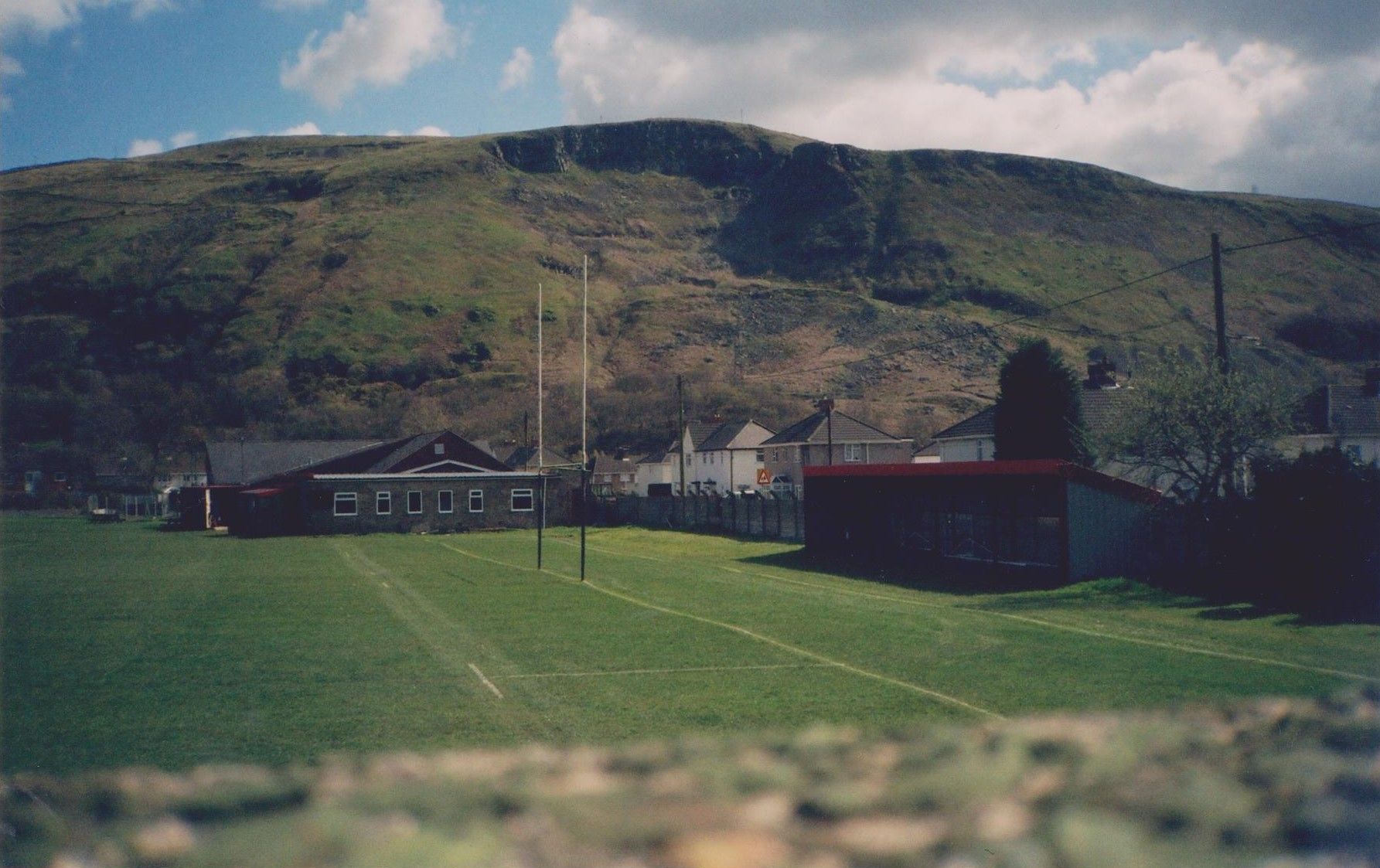
|
|
The recreational ground at Ynysydarren, lower Ystalyfera |
The site of the former swimming pool is to the rear of the club shown in this photograph, near where the old age flats are now. |
At this point Mr G H Pritchard the inspector asked for Dr W J Lewis to be called first as he (the Doctor) had to be released from the meeting to attend his patients.
Dr Lewis then agreed: that for many years he had been concerned re the state of the rivers. He had advocated a sewerage scheme be provided at Cwmllynfell as, at present, the rivers were fouled by sewerage and, as was to be expected, flowed through the district. He continued: Until people had a public water supply, outbreaks of typhoid would continue to be seen and it was not only the rivers, the canal was known to contain dead dogs and cats, whilst sewerage actually ran into the canal in some districts.
Dr Walsh the Ystradgynlais MOH had been trying for years to point out the dangers of bathing in the rivers on account of the fact that the waters were fouled and in the Doctors summing up he agreed that the facility proposed would allow the youngsters to learn how to swim in a much safer environment.
PLANS FOR THE POOL
Mr Wallace A Evans then described the plans: the pool would be 132 feet long and 42 feet wide, with a bay 32 feet by 18 feet for diving purposes. There would be terraces on two sides giving accommodation to spectators. Bathers and spectators would be provided with different entrances and would be separated at the pool itself. Provision was made to prevent spectators getting to the pool, except by the proper entrance. Permission had been granted by the district and county council to go on to the land on which the pool was to be built. The pool would be built above ground in view of cost, as excavations would be obviated. A grass patch would be available for bathers to sit on but would be out of reach of the spectators. The filter house would be placed alongside the ticket office. The filter would have an eight hour turn over, with a maximum rate of filtration of 200 gallons per square foot per hour. A small refreshment room was also to be provided and probably let out to a caterer.
The pool would be 9 feet at the deep end and 2 foot 6 inches at the shallow end with a bay for diving. Mr Evans had shown the plans to the secretary of the W A S A, whose only comment was that the pool should have been 150 feet long so that it would mean two lengths for a 100 yards race.
The plans also catered for 74 dressing rooms (37 men and 37 women) and accommodation would be provided for the storing of clothes in baskets and on hangers. Four people could use the dressing cubicle in turn, giving a total capacity of between 300 and 400 people. The number of people bathing at the same time was estimated at 2,600 as it was always found that numbers sat outside the pool.
The Architect, Mr David Morgan, continued:
He gave evidence of the layout of the pool's surroundings and told the meeting, it was he who had suggested the site. A site at Yniscu had been flooded in 1933 but this present site was immune from flooding and another point in its favour was that this Ynysydarren location was sheltered, near the other recreational facilities and not overlooked by houses.
The results of this inquiry had obviously been noted and accepted, as Ystalyfera did finally open a swimming pool on the site suggested, in 1937.
Then and Now
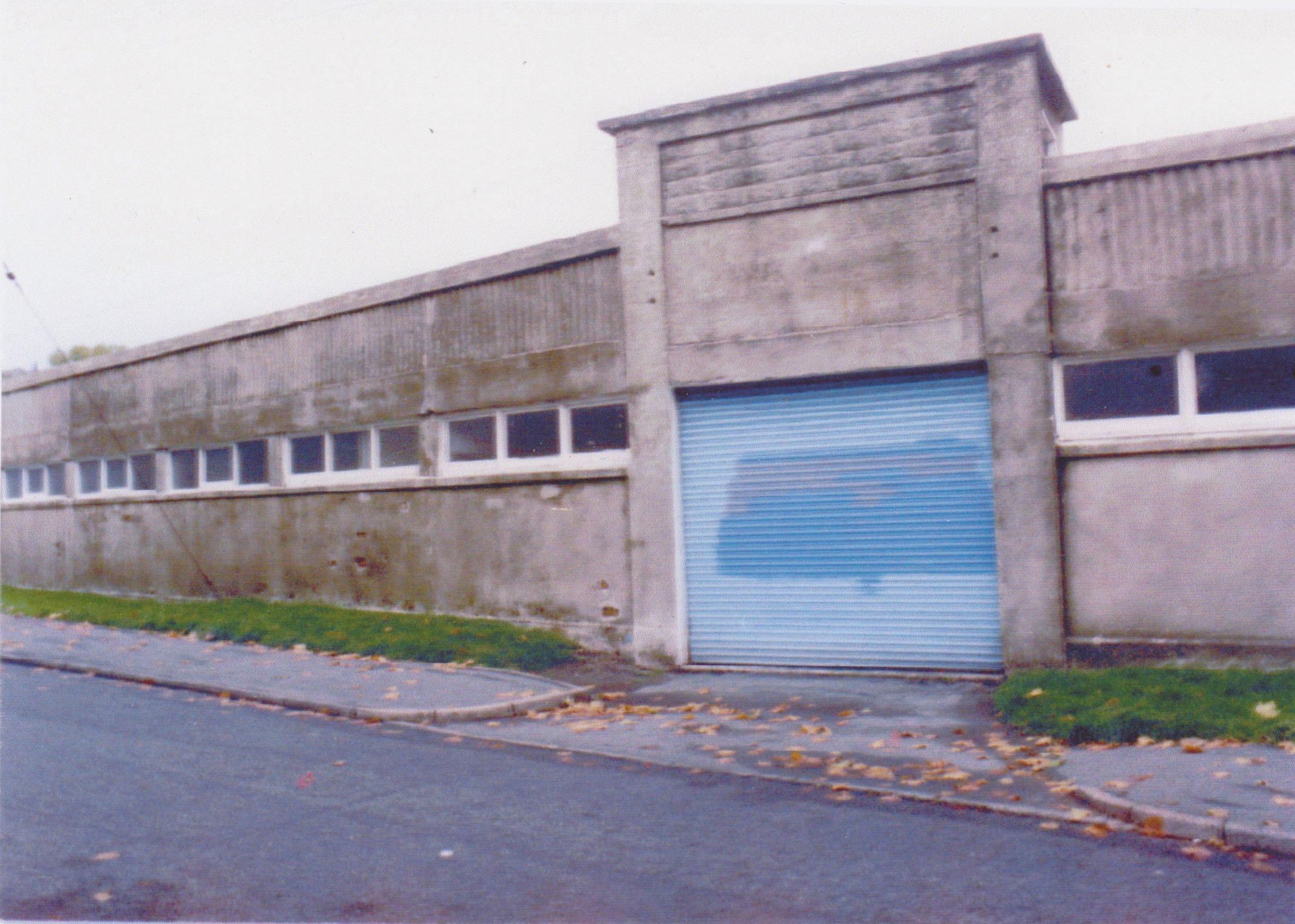
|
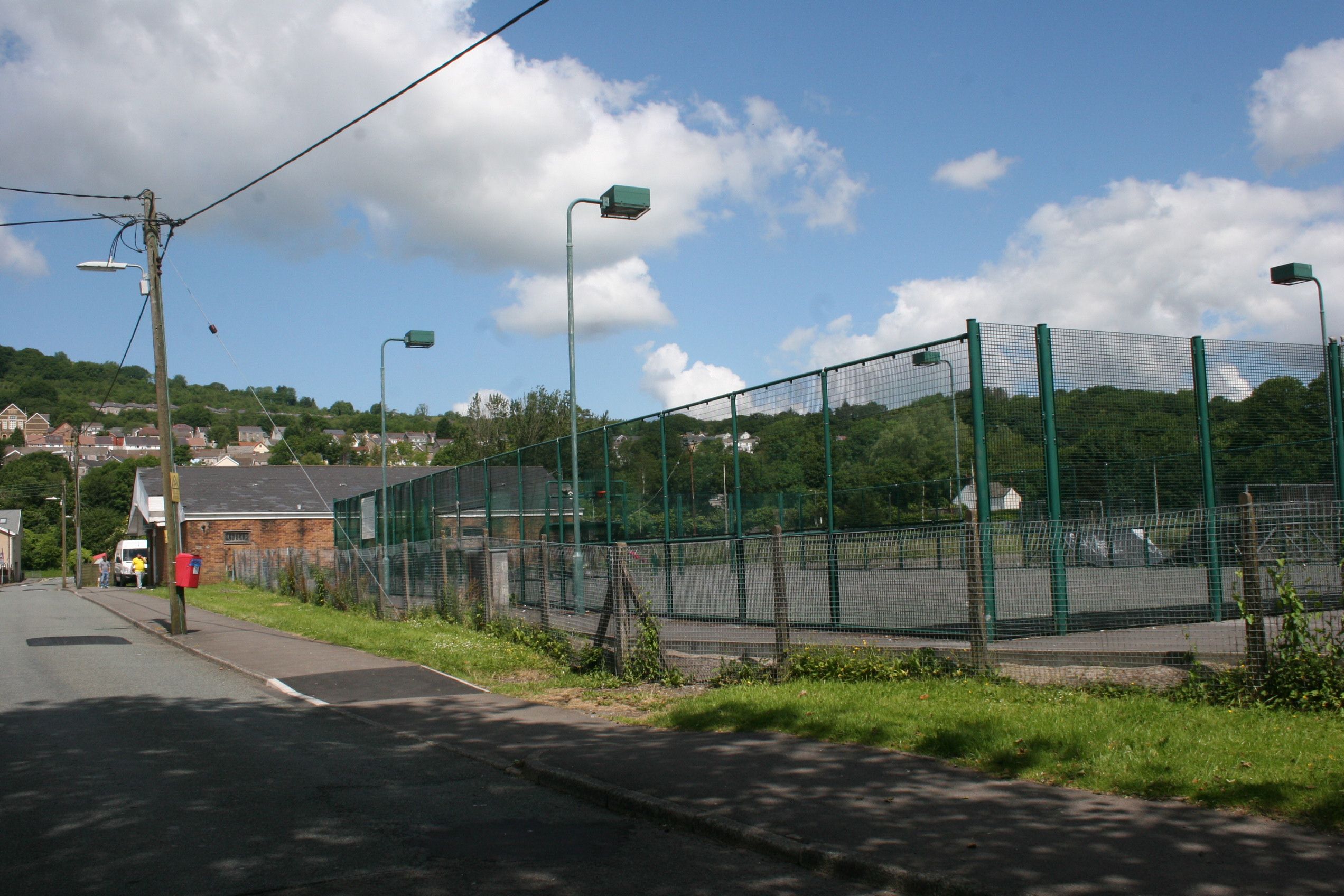
|
Above left is the entrance to the swimming pool, which closed in 1991 but remained in situ until demolished in 1997. Above right, on the site today stands the Ystalyfera Community Council Play Area with facilities for skateboarding and rollerblading.
The History and Heritage of Ystalyfera is put online by Swansea Valley researcher Val Trevallion and Wolfian Design. All copyright remains with the original copyright holder, and all original research is copyright Val Trevallion, YEARGroup.
You can contact Ystalyfera History by emailing: webdesign@wolfianpress.com or Val Trevallion by emailing yeargroup@hotmail.co.uk.
Ystalyfera - South Wales
Preparing the site for Ystalafera swimming pool in the mid 1930s. Click to see full-sized.
Email Yeargroup:
yeargroup@hotmail.co.uk
Email Wolfian Design:
webdesign@wolfianpress.com






